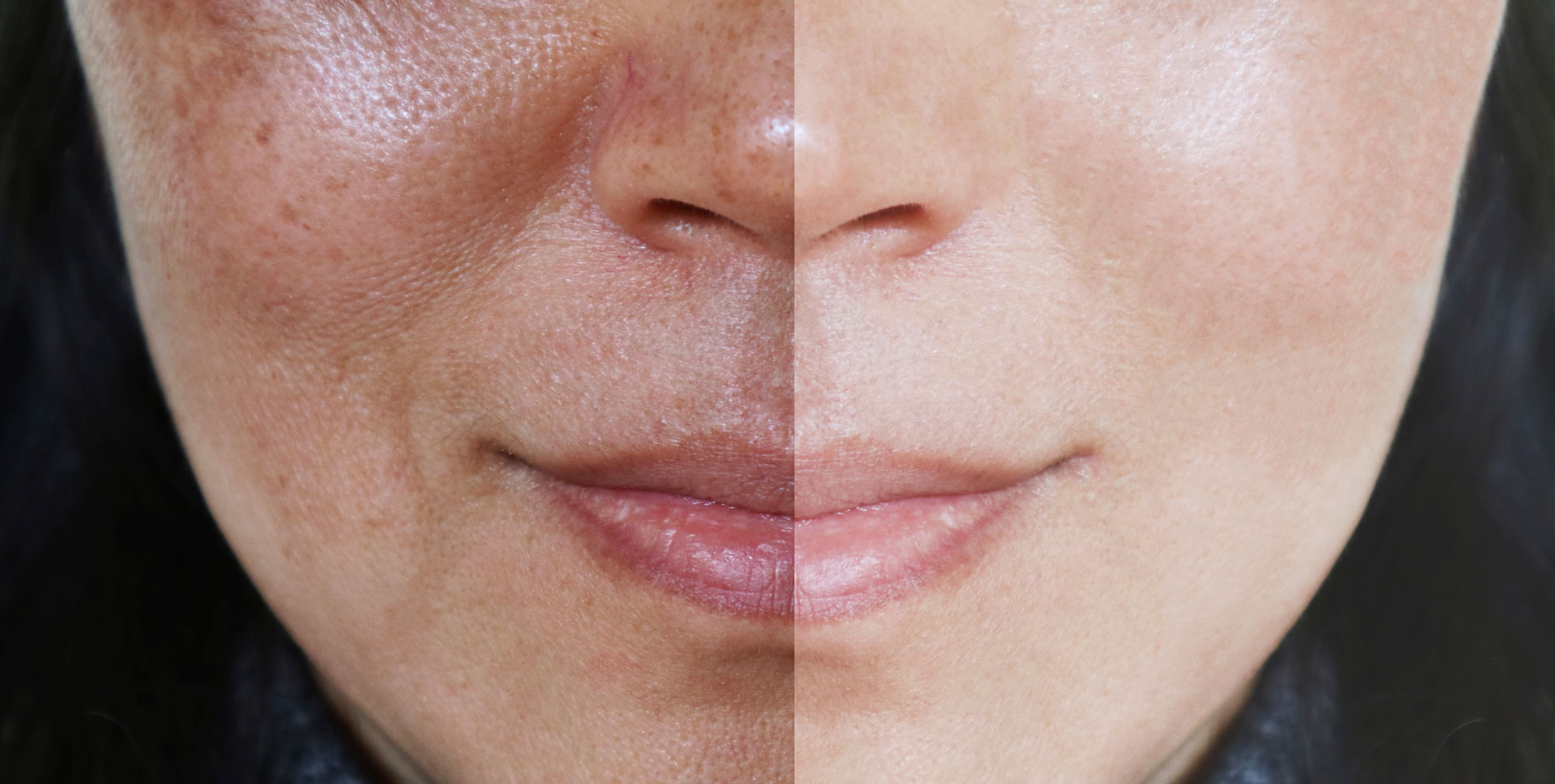
Pigmentation and Melasma
Worldwide, melasma is one of the most common causes of skin pigmentation. It’s also known as chloasma and pigmentation of pregnancy. It appears as patchy brown/tan/black discolouration on the face and (very rarely) on the forearms. The excessive pigment (melanin) is in either the outermost layer of the skin, the second layer of the skin or both.
Pigmentation affects people with all skin types and colours. Brown spots and splotches may occur on any part of the skin.
Australia’s harsh sun contributes to the large number of people who suffer with dark spots (pigmentation). Freckles, melasma, inherited conditions and other age-related spots can all cause pigmentation. Successfully treating and clearing these problems depends on the right diagnosis of the underlying cause.
Your dermatologist will provide an individualised management plan for your melasma. The most important aspect of managing your condition is effective sun protection, combined with avoiding factors that may worsen your pigmentation. Effective skincare is important, and a number of active ingredients are helpful for maintaining improvements achieved by active treatment. Prescription creams, available through compounding pharmacies, are typically trialled before oral medications or technology based treatments. Laser treatments are a last resort for melasma, and may risk actually worsening the pigmentation rather than achieving improvement.
The most common pigment disorders include:
- Vitiligo
- Melasma
- Dark spots/areas
- Post-inflammatory hyper/hypopigmentation (either increased or decreased pigmentation)
- Lentigines (freckles)
- Seborrhoeic keratoses (age spots)
- Dermatitis Papulosa nigra
- Acanthosis Nigricans
- Hori’s Neavus
- Neavus of Ota